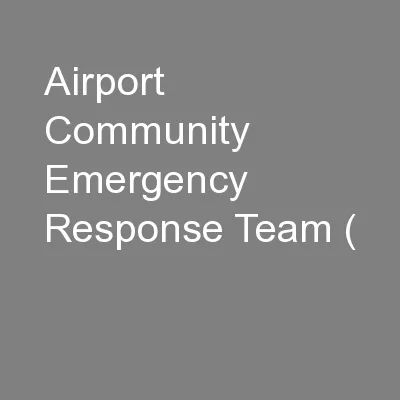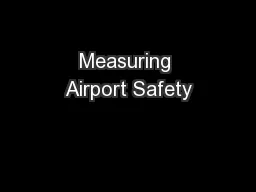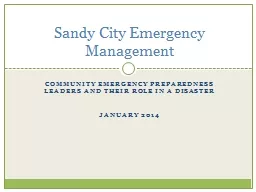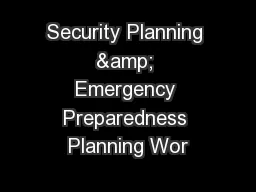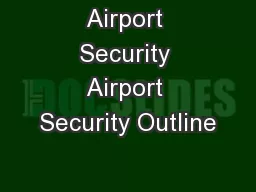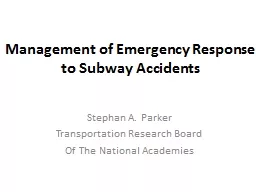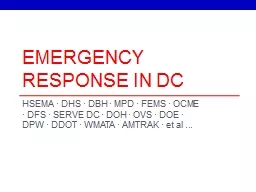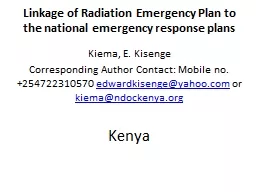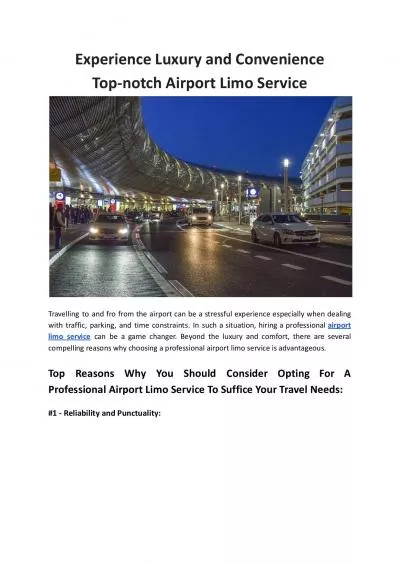PPT-Airport Community Emergency Response Team (
Author : natalia-silvester | Published Date : 2016-05-21
ACERT Basic Training 0 CERT Basic Training Introduction CERT concept was developed by City of Los Angeles Fire Department in 1985 After September 11 2001 Citizen
Presentation Embed Code
Download Presentation
Download Presentation The PPT/PDF document "Airport Community Emergency Response Tea..." is the property of its rightful owner. Permission is granted to download and print the materials on this website for personal, non-commercial use only, and to display it on your personal computer provided you do not modify the materials and that you retain all copyright notices contained in the materials. By downloading content from our website, you accept the terms of this agreement.
Airport Community Emergency Response Team (: Transcript
Download Rules Of Document
"Airport Community Emergency Response Team ("The content belongs to its owner. You may download and print it for personal use, without modification, and keep all copyright notices. By downloading, you agree to these terms.
Related Documents

